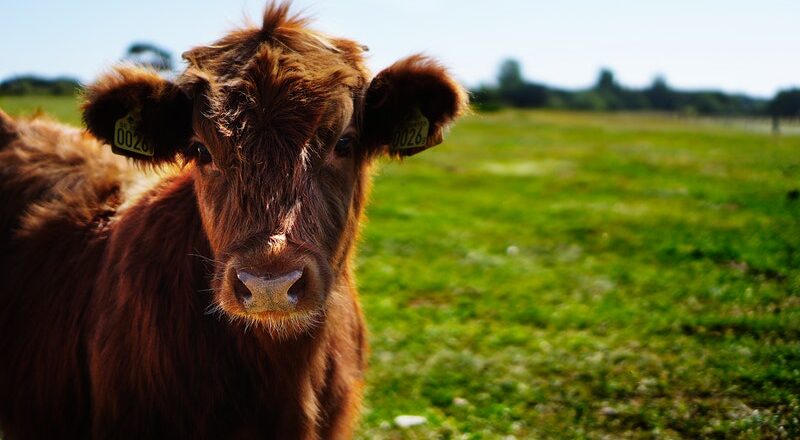
FAO and livestock: the GLEAM project
Among the FAO’s many activities, the GLEAM project is certainly noteworthy. It assesses the environmental impacts of meat production, identifying possible improvement strategies.
The GLEAM project, also known as “Global Livestock Environmental Assessment Model“, assesses the environmental impacts of worldwide meat production by means of the life cycle analysis with the aim of identifying possible improvement strategies. It provides in depth information and official documents on the GLEAM project website, in order to present the data and relevant conclusions especially regarding greenhouse gas emissions.
A first consideration concerns the overall emissions of the livestock sector, estimated at 7,000 million tonnes per year (7 Gt), which is equal to approximately 14% of human-generated greenhouse gas emissions. This value also includes emissions associated with land-use change, which occurs when forests are replaced with pastures or fields for cultivating the raw materials required for producing animal feed.
As regards to the various types of meat, a high level of environmental impact is generated by bovines (beef cattle and dairy cows), due to the methane emissions from enteric fermentation, which alone account for approximately 40% of the total. The most significant areas in terms of emissions are South America and Southeast Asia (25% each), Europe and North America (10% each).
An important aspect concerns the differences in production of the various geographic areas, both in terms of the species reared and breeding systems adopted: the main breed raised in South America is beef cattle, that are mostly reared with extensive farming; in Asia the production focuses on dairy cattle and pigs; North America is a major producer of beef cattle by means of “industrial” livestock production systems, while production in Europe is semi-intensive and is quite evenly distributed amongst the species, with a slight predominance towards pig farming.
These variations in terms of production obviously correspond to differences in terms of emissions. The emissions per unit of production are higher in countries in which extensive farming prevails than in countries that adopt more “industrial” livestock production systems. However it is important to note that excessive production efficiency research may compromise the safety of meat products (use of illicit substances) or animal welfare.
An agricultural policy for improving the sustainability of the livestock sector must be regulated to meet the needs of the areas in question. For example, a reduction of consumption per capita is advisable in areas with high overall consumption levels (i.e. North America); while in areas with low environmental impacts and that comply with nutritional recommendations such as Europe, the most important aspect is animal welfare, for which improvement measures are certainly possible.
The Sustainable Meat Project






